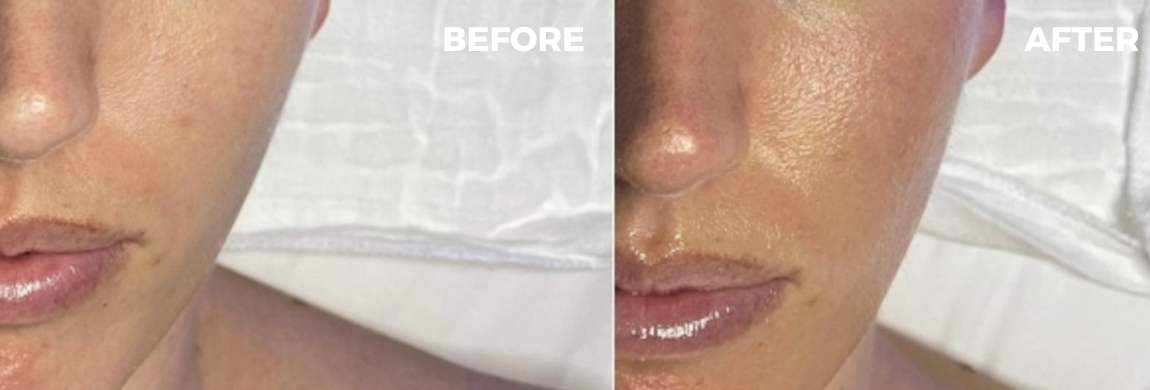
Hydra facial is one of the most popular in-office facial treatments right now. It has become the go-to facial for seemingly everyone because it targets many of the most common skincare concerns like dryness and signs of aging with little to no side effects. Similar to a basic facial in theory, the HydraFacial is a far superior treatment thanks to the application of serums and other ingredients that clean and hydrate the skin.
"The serums have anti-aging and antioxidant properties and are tailored to address the specific needs of the patients,"
What is the HydraFacial?
The HydraFacial is a medical-grade resurfacing treatment that clears out your pores and hydrates your skin. It's offered across the country at licensed medical professional facilities, or where a certified HydraFacial esthetician is present. The four-step treatment includes cleansing, exfolating, extracting, and hydrating the skin with serums that are infused into pores with the HydraPeel Tip, a pen-like device.
What Happens During the HydraFacial?
The HydraFacial treatment starts with cleansing by removing dead skin cells and excess sebum from the skin. Next, a mix of salicylic and glycolic acids is applied to the skin to break up any dirt and oil that's clogging pores. Then, the HydraPeel Tip is used to essentially vacuum out blackheads, dirt, oil, and impurities, while hydrating, plumping, and nourishing serums are simultaneously applied to the skin.
What Are the HydraFacial's Skincare Benefits?
A HydraFacial treatment can improve your skin in a ton of ways. Its many benefits include a more hydrated, bright, plump, and clear complexion. Plus, it can also improve signs of aging. "The treatment reduces fine lines and wrinkles, increases firmness, evens tone, texture, and brown spots, as well as reduces enlarged pores".
What Are the Side Effects of the HydraFacial?
One of the many reasons why HydraFacial is so popular is because there are minimal side effects and essentially no downtime post-treatment.
"Following the treatment, you'll want to let your skin rest and soak up all of the benefits of the facial for the rest of the day,". "You can wear makeup the next morning and resume your normal routine."
Dr. agrees that the risks are low, but warns that it's possible to experience irritation from the customized serums if you have reactive skin.
Who Should Get the HydraFacial?
Everyone! One of HydraFacial's biggest draws is that the treatment is suitable for virtually any age and skin type — save for a few exceptions.
"This treatment is nice for teenagers with acne, adults with pimples, wrinkles, and hyperpigmentation, and older patients with sun damage and even flaky pre-cancerous spots (as part of more serious treatments)," explains Dr. Marmur. "Although beneficial to many skin types, those with active rashes, sunburns, or rosacea, along with pregnant patients, should abstain from this treatment."
How Often Do You Need to Get a HydraFacial?
Although your skin looks dewy and glowy following a HydraFacial, the treatment isn't a quick fix. It's intended to improve skin's appearance over time. That being said, its effects do last longer than other facials. But to get maximum results, Dr. suggests getting a HydraFacial treatment every four to six weeks.
While you can get a HydraFacial in conjunction with other non-invasive procedures like Botox or microblading, it's important to consider the side effects and downtime of these treatments before getting this facial.
"You can absolutely also get the HydraFacial while getting Botox, microblading, and fillers,". "However, this is not a replacement for these other procedures because they address different skincare needs. The HydraFacial should be performed before Botox since patients should not lay down after Botox treatments."
.svg)
-300x69.png)
-250x57.png)